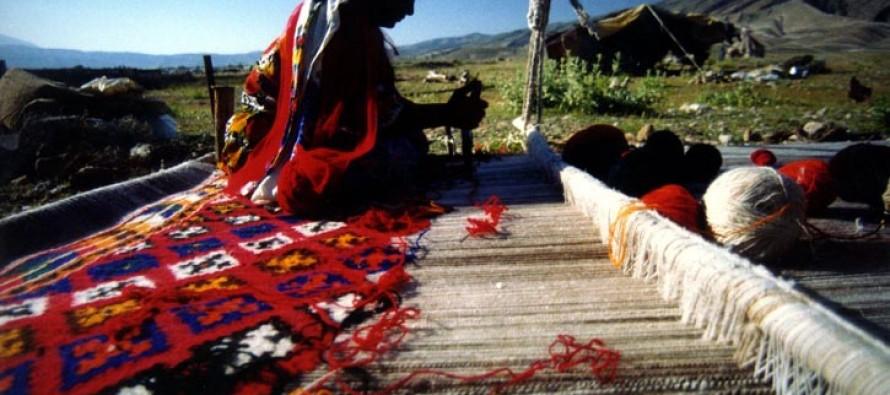Irana Carpets, Persian Carpets
Kilim, a hairless rug
” PERSIANS TAKE CAREFUL CARE OF THEIR CULTURE IN THE AREA OF CARPETS. THEIR ART OF CARPET WEAVING IS SOMETHING SUPERIOR, IT IS THE BEST IN THE WORLD.”
Cit. Knut Larson
Kilim rug:
rugs made by nomadic tribes and born, as these people needed something to protect them from winter weather that was lighter and more manageable than mutton blankets. The frames used to make these rugs were and still are horizontal so that they can be folded and carried anywhere in travel.
The motifs initially were always geometric and simple, with the passage of time and experience they changed while still maintaining a stylized geometry.
They too like Persian carpets are distinguished by the area of origin so it is possible to find Afghan, Turkish, Moldavian and Persian Kilim carpets.
To date, the demand for Kilims is high and the reason is because they are easily adaptable and can be used not only classically but also hung on walls as tapestries, as bedspreads, or placed on sofas.
One of the advantages of Kilm is that they are double-sided, that is, when one side gets dirty you can turn it around so as to prolong its life.
Moldovan Kilims are easily recognizable from others because of their unique rose motifs, in fact they are called ” Kilm of Roses.”
Turkey also has its Kilims which can be found in the market under the names of: Kars, Van, Bakan and Malatya .
The functionality and lightness of these rugs makes them easy to use; they can also be used as tablecloths or , as they once did, as mats to be spread out for meditation.

Kilims are multi-colored, vibrant and intense carpets that are very light and therefore fast to handle.
Antique workmanship combined with avant-garde motifs lead them to be beloved and easily recognized.
Irana tappeti has in its store located in Cinisello Balsamo a considerable amount of these carpets as they are in high demand because of their ease of placement and the little maintenance they require.



